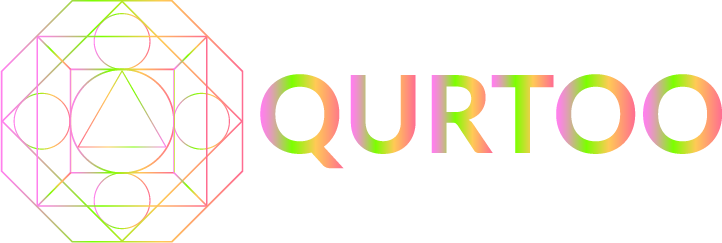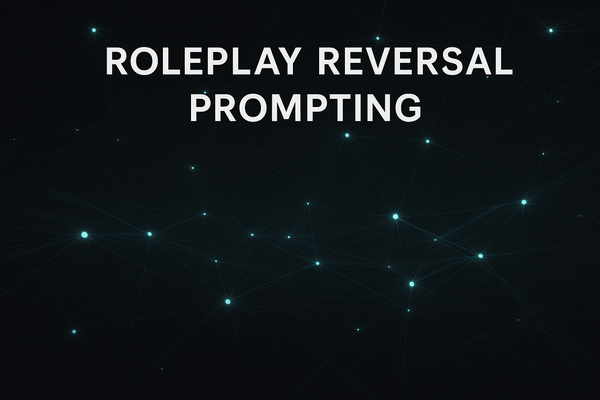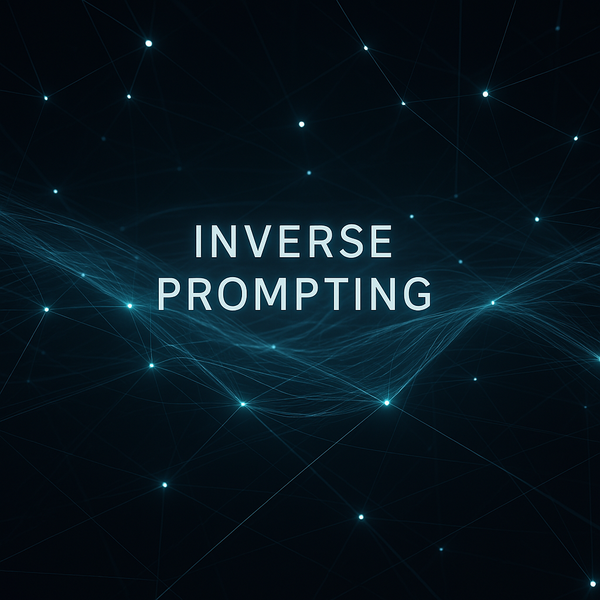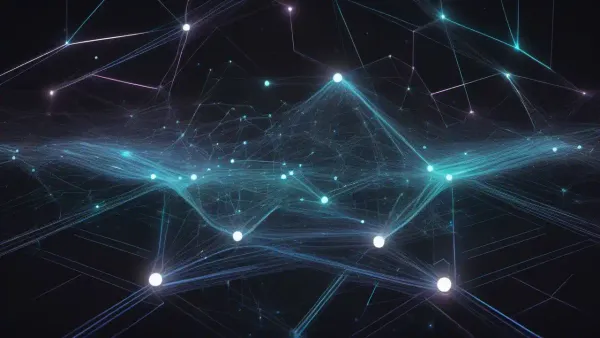Balancing Creativity and Constraints in AI Prompt Design
Navigating the fine line between fostering creativity and imposing necessary constraints in AI-generated content.

Navigating the fine line between fostering creativity and imposing necessary constraints in AI-generated content.
Introduction
The intersection of creativity and constraints presents a dynamic challenge in AI prompt design. While freedom in creative prompts can lead to novel and innovative outputs, the absence of constraints may result in responses that veer off course. This guide explores strategies for crafting prompts that effectively balance these two elements, ensuring AI-generated content is both imaginative and aligned with specific objectives.
The Role of Creativity and Constraints
Creativity Unleashed:
Creativity in AI prompts allows for the generation of unique, diverse, and often unexpected outcomes. It opens the door to new ideas and perspectives, enhancing the richness of content.
The Necessity of Constraints:
Constraints guide the creative process, ensuring that outputs remain relevant and within the desired scope. They act as guardrails, directing creativity towards a specific endpoint or within a particular framework.
Principles for Balancing Creativity and Constraints
-
Define Clear Objectives: Establish what you aim to achieve with your prompt, guiding the balance between freedom and boundaries.
-
Flexible Frameworks: Create prompts that offer a structure within which creativity can flourish without being overly prescriptive.
-
Incremental Creativity: Start with more structured prompts and gradually introduce elements of creativity to explore how AI navigates the balance.
Strategies for Effective Prompt Design
-
Use Open-Ended Questions with Specific Goals: Encourage creative thinking by asking open-ended questions but specify the context or goal to maintain focus.
-
Incorporate Scenarios: Use scenarios that provide a backdrop for creativity while outlining specific elements or outcomes that need to be addressed.
-
Employ 'What if' Constructs: Stimulate creative thinking by proposing hypothetical situations within defined parameters.
Practical Applications
Example without balanced constraints:
Create a story.
Example balancing creativity and constraints:
Create a story set in a future where AI coexists with humans, focusing on the friendship between a child and an AI, ensuring it highlights the themes of empathy and technology's role in society.
This prompt encourages creative storytelling within a specific thematic and contextual framework, directing the AI's creativity towards a targeted narrative.
Advanced Techniques in Prompt Design
Explore techniques for dynamically adjusting the level of creativity and constraints based on the AI's responses, using feedback loops to fine-tune the balance and achieve desired outcomes.
Conclusion
Balancing creativity and constraints in AI prompt design is a nuanced art that, when mastered, can lead to the generation of content that is not only innovative but also purposeful and relevant. By implementing the strategies outlined in this guide, you can harness the full potential of AI in generating creative outputs that adhere to your specified goals and boundaries.




